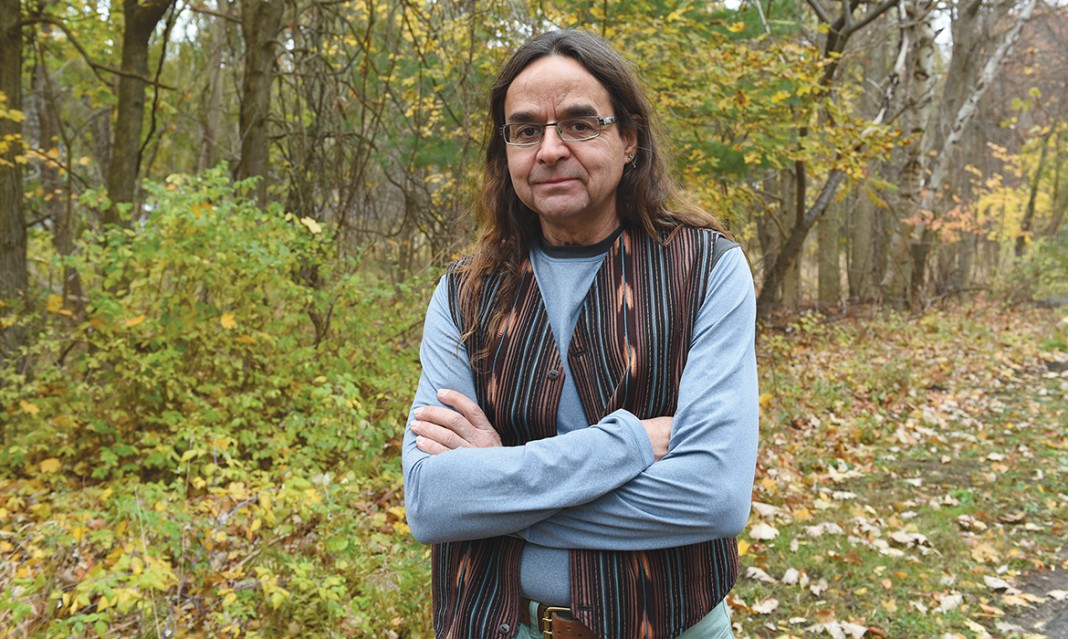The Aboriginal Elder in Residence weekend, an event held by Residence Life that lives up to its name, took place earlier this month. The purpose of the weekend is for students to interact through traditional teaching and activities that let them experience Aboriginal culture.
The event started with a traditional Aboriginal dinner, which for the last few years of this event has been classic Chinese takeout. The kick-off dinner encouraged participants to get to know each other and prompted discussion about the idea of identity in community.
The Aboriginal elder in residence and our campus’s traditional elder is Cat Criger, a First Nations person. He is Cayuga (Guyohkohnyoh in the original language), one of the Haudenosaunee (People of the Longhouse), also known as Six Nations or Iroquois. For more than 16 years, he’s worked as a traditional teacher and healer in the Native and multicultural community in Canada, the U.S., and Wales. At U of T he is a traditional teacher at the First Nations House and the standing elder for the Council for Aboriginal Initiatives.
Being the traditional indigenous Aboriginal elder through the Department of Student Life, Criger has been involved with the weekend-long event since its creation. He usually invites other members of the Aboriginal community to take part as well.
This year’s guests included Eddy Robinson, the founder of Morningstar River, a Toronto Aboriginal-based Aboriginal cultural consulting and traditional song and dance company, and Cindilee Eckert-Flagg, an education administrator for the Fort Erie Native Friendship Centre.
According to Jenna Menzies, the community development coordinator for Residence Life, a few of the standout events of the weekend were the “Women’s Full Moon Ceremony” on Saturday night featuring Eckert-Flagg and the “Drumming Circle” featuring Robinson.
“The Sunrise Ceremony was also a very refreshing way to begin a Saturday morning,” added Menzies.
This particular event was attended by 32 students.
“I was able to experience something that opened my eyes to a whole new type of learning,” said one of the student participants.
“It was much more hands-on and got me focusing on how [our Canadian history] was affecting me. Not only did I learn about the ritual and why specific things are done but I also learned about the Aboriginal community, as Cat spoke a lot about stories and other rituals, ceremonies, and traditions.”



